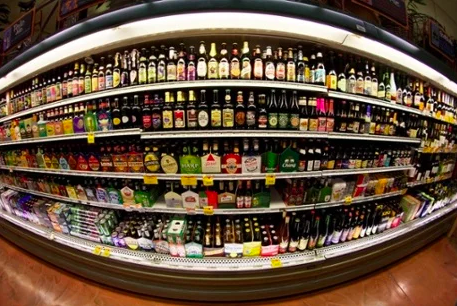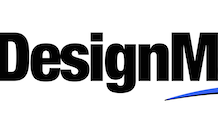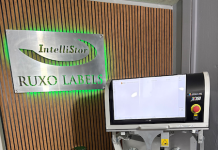According to David Lee from Focus Label Machinery Ltd, there is increasing pressure from buyers to reduce stock levels in print and packaging to create more innovative and attractive promotions to compete in the retail arena. The challenge on suppliers is to respond quicker and be more dynamic in the way they operate within the supply chain and actively promote their business.
The digital print solution is the fastest growing area of the print, packaging and label industry, although it is still relatively small in the overall scale of business. Digital printing has become a realistic tool to drive up new sales and open markets for many small-medium size businesses and there is a wide choice of technologies to consider.
With the latest generation of single pass inkjet technology, the revolution is gaining pace as production speeds closely match that of conventional print, but with the added benefit of personalisation, online variable data printing, in-line finishing and reducing overall production costs.
There is an economic cross over point where digital vs analogue technology becomes a grey area, when other factors of convenience, speed of production and response time are also considered. UV inkjet provides a smarter way to produce printed web products on a variety of standard and special substrates and applications. There has never been a better time to look at digital possibilities as a standalone system or hybrid solution with a combination of analogue print and finishing capabilities.
The total cost of ownership of any digital solution should cover acquisition, cost of operation and service over the term of lease or purchase. Typical write-down period for digital equipment may be five years and they tend to have little residual value after this period, with printheads said to have a life of three-five years and obsolete technology needs to be considered. Compare that to traditional analogue equipment at a lower cost that will be written down over at least 10 years and retain a high level of residual value.
Furthermore, traditional equipment has a useful work life beyond a write-down period. With digital systems, it is certainly difficult to reach a clear satisfactory conclusion with little data on long-term serviceability or lifetime cost of ownership for digital print systems. The return on investment for any digital process is far more critical and a shorter term view needs to be considered with a possibility of a five-year re-investment cycle.
The crossover point is where digital printing becomes more expensive than conventional printing. One area that conventional flexo presses have always been a superior prospect is in running speed. While maximum speeds can be in excess of 180 mts/min, typical speeds may be around half that. This still compares well to digital offset and toner systems running at 15-20 mts/min and puts the crossover point at around 1000 linear metres.
However, digital inkjet is pushing speeds to 50-80 mts/min, pushing the economic crossover point ever higher. A typical job of 6000 linear meters over three sorts may push that crossover point to over 2,500 plus linear metres.
One area of cost any analogue printing systems cannot get away from is printing plates, so jobs with multiple SKUs and the waste and downtime incurred while running a job has a negative effect compared to any digital system when the run lengths are small.
Finishing is an integral part of a modern flexo press and the production process but may need to be an additional process in digital print production. So additional investment in suitable finishing equipment will be required if not taking the hybrid route. Finishing itself may create a production bottleneck for digital production and dilute the advantages it brings.
A strong argument slowing the digital revolution has been the cost of special substrates, inks, service and click charges depending on the technology of choice. The good news is these barriers are eroding through competition. The latest UV inkjet systems print on a wider range of standard substrates, special materials are more readily available through numerous suppliers, ink prices are tumbling, and monthly service costs can be agreed up front, so there are no nasty surprises.
Is digital right for your business? The fact is digital is here today and where practical, needs to be embraced.
Ask yourself a few questions:
• What proportion of your business orders are moving towards 2500 linear metres or less?
• How would a digital press make better use of your existing analogue/flexo production?
• What impact would digital give on attracting new work to grow my business?
• Am I sending out work to digital print providers that I could bring back in-house?
This article was originally published on: https://www.focuslabel.com.





















